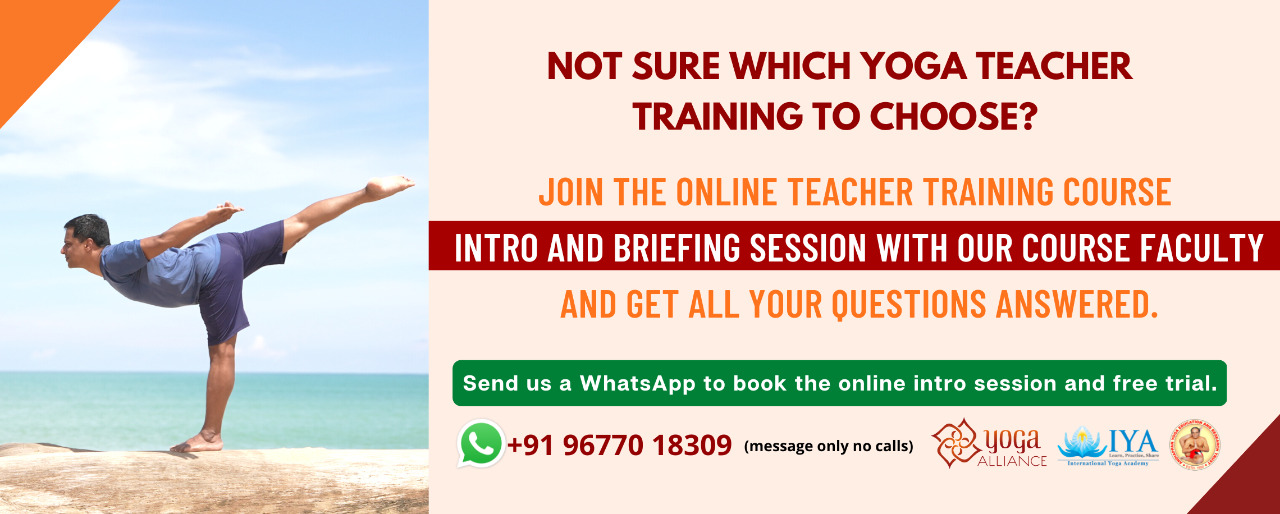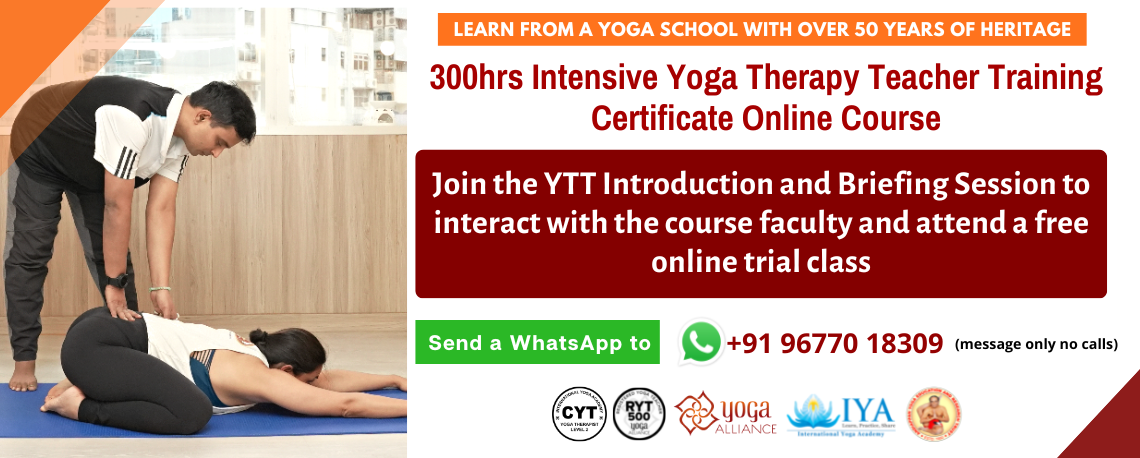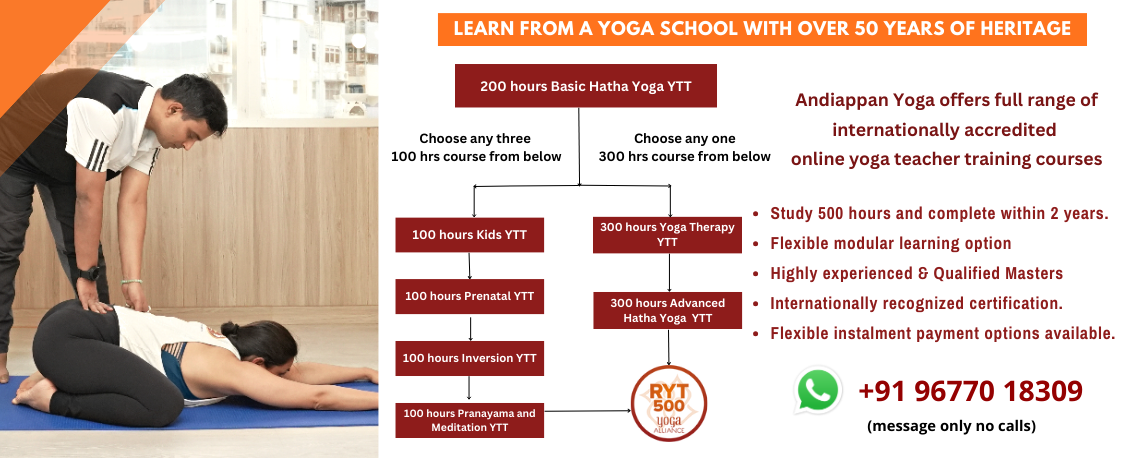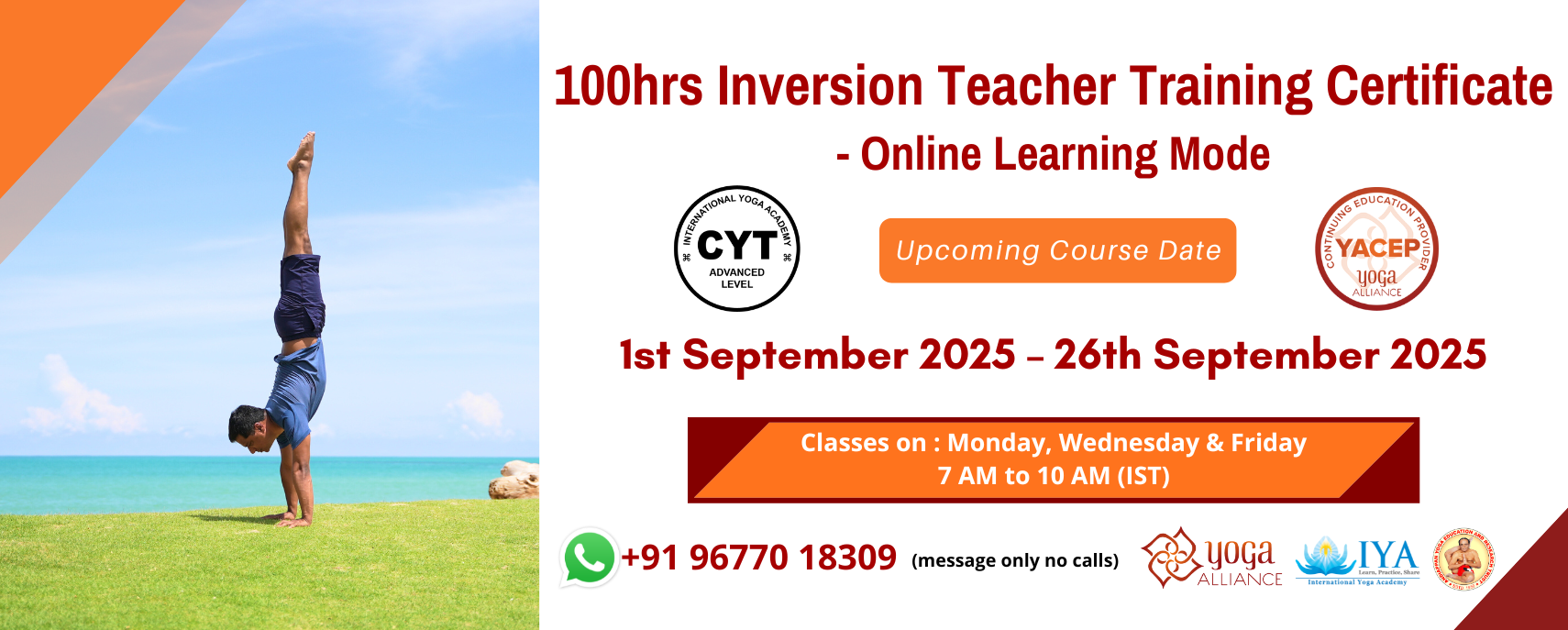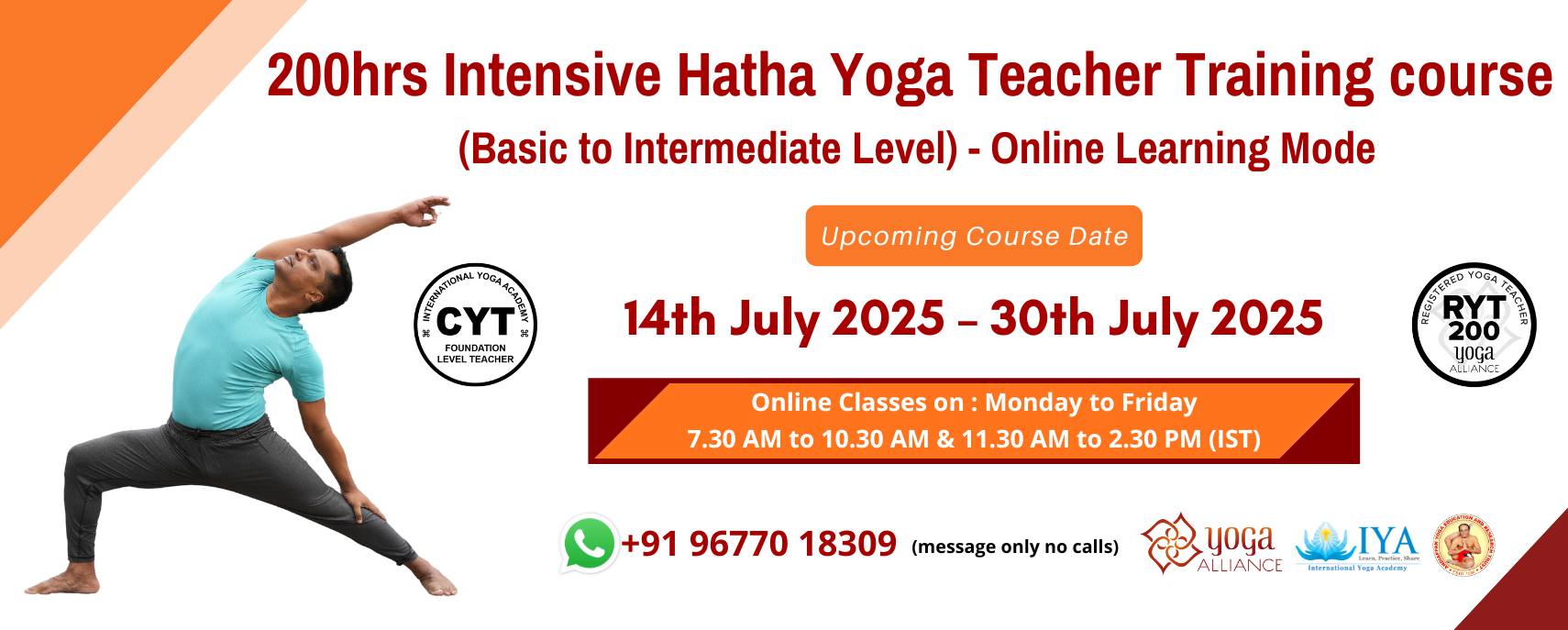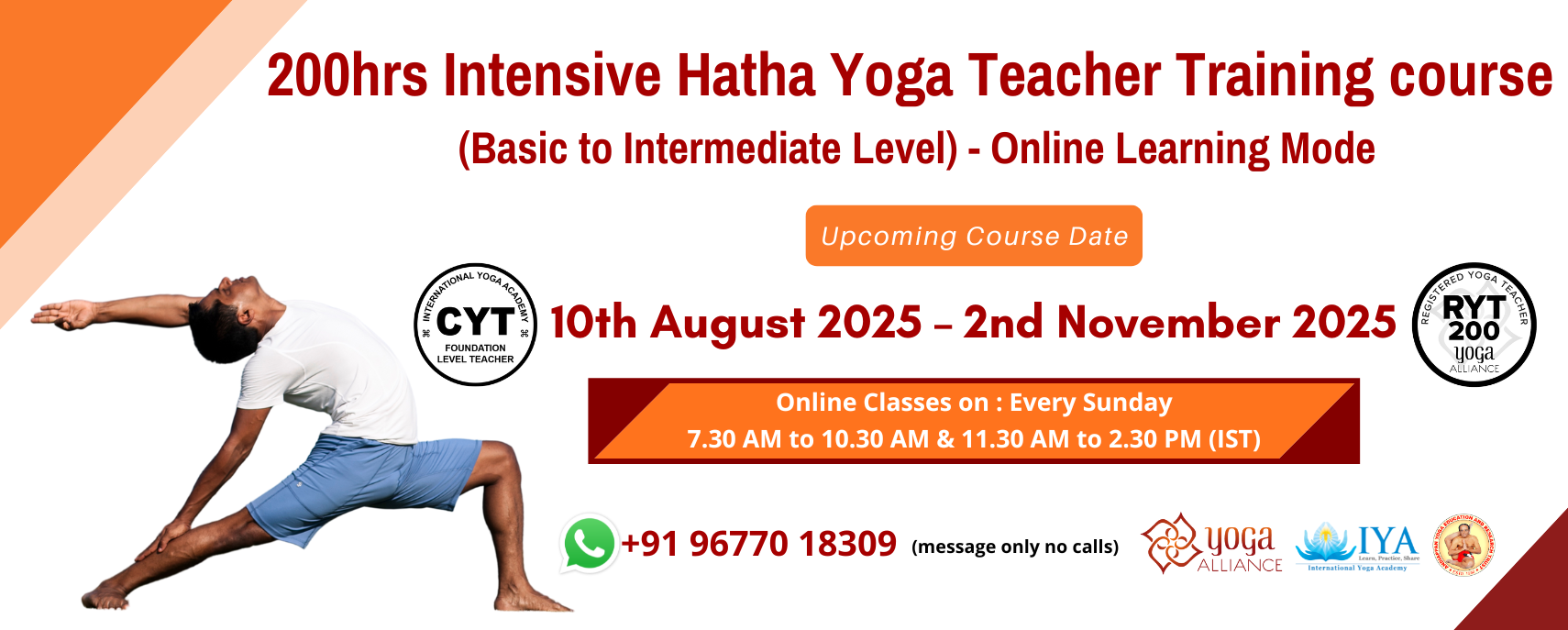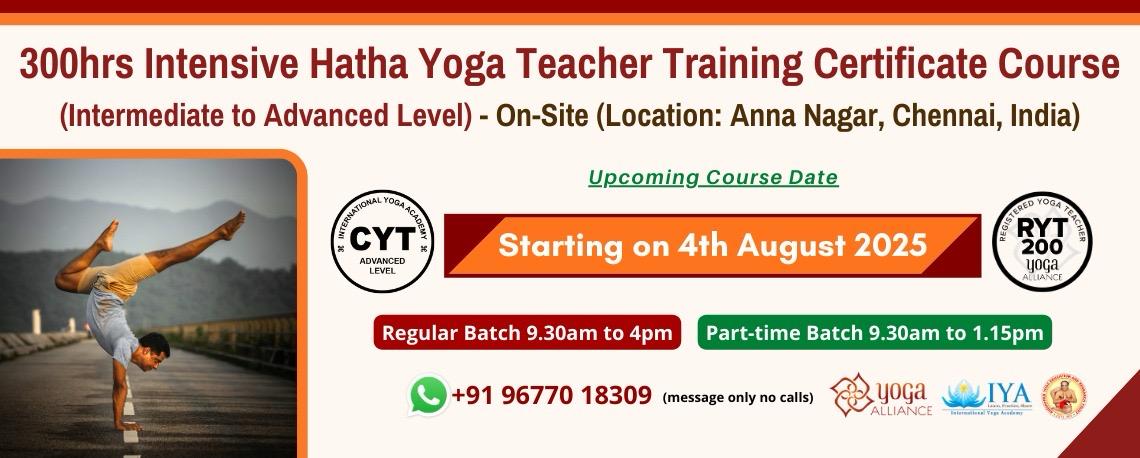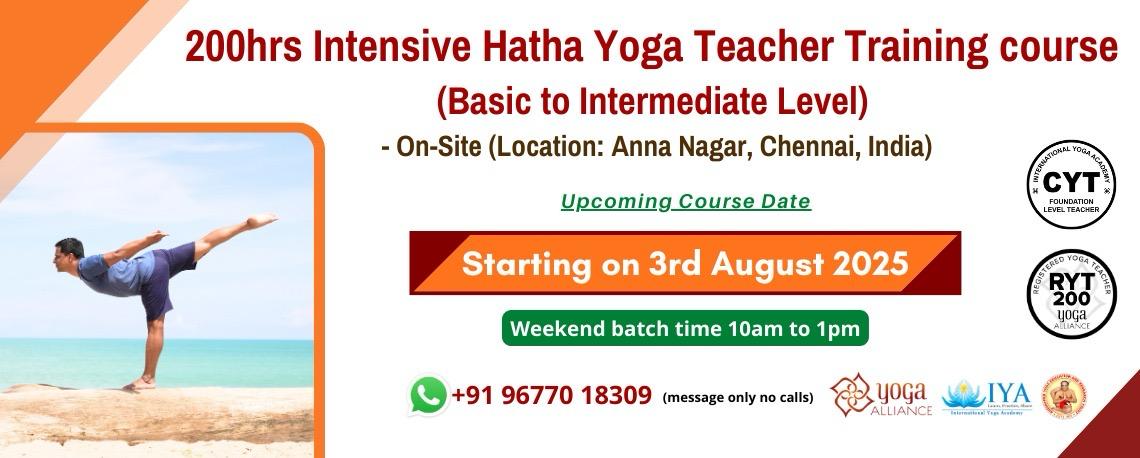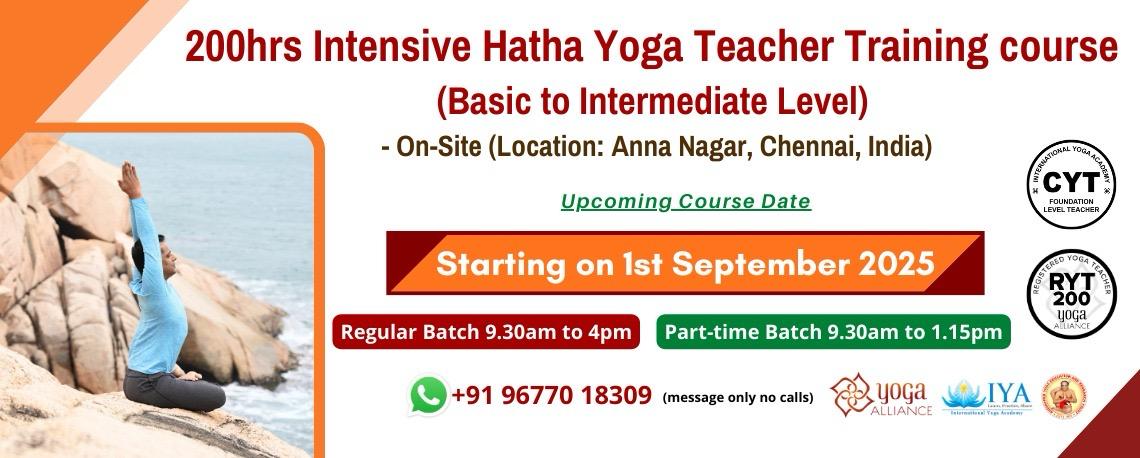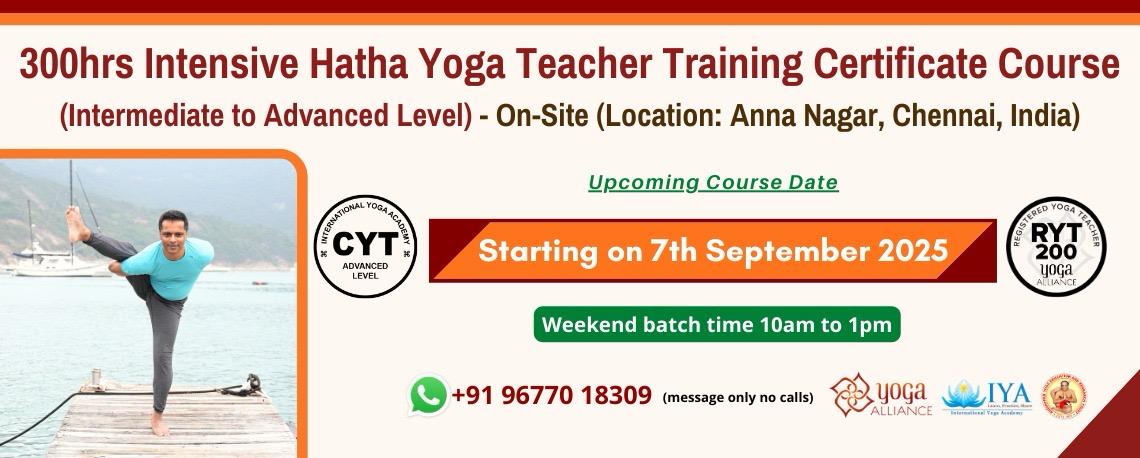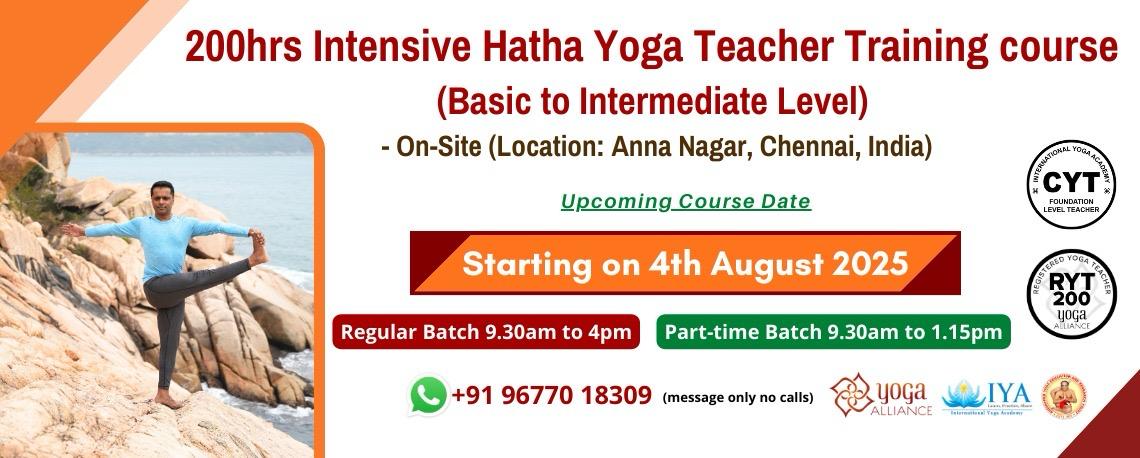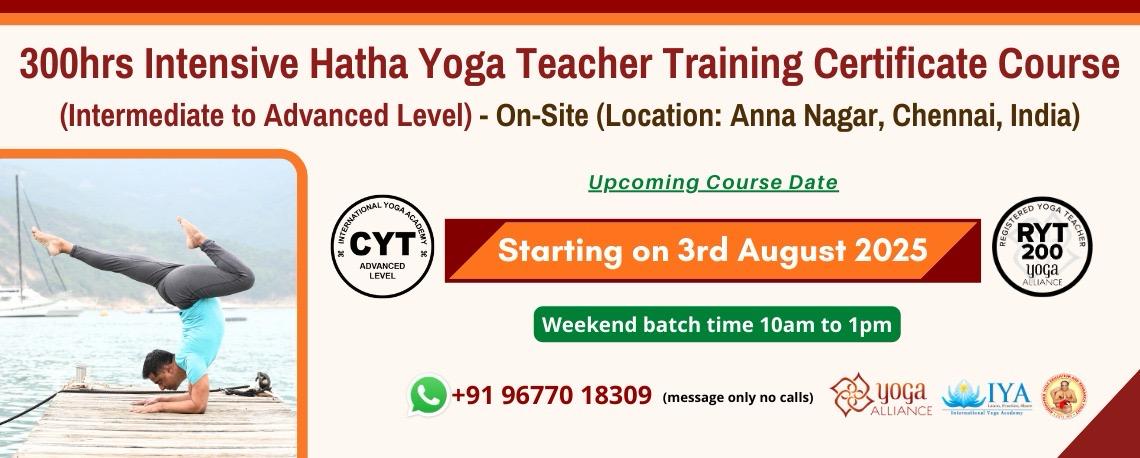Our posture determines the position of our spine or backbone. We may notice many round their backs sometimes.
Kyphosis is a progressive spinal disorder that can affect children and adults. This disorder may cause a deformity described as either humpback or hunchback. Hyperkyphosis is a spinal deformity that results in an exaggerated forward rounding of the upper back leading to a stooped forward posture.
Yoga Therapy
The gradual physical changes due to hyperkyphosis can be quite frustrating as they can alter the sufferer’s appearance. In addition, it affects the general well-being and results in more serious illnesses and damage if untreated. Such changes may also affect productivity, daily activites and the mental health .
Yoga therapy for hyperkyphosis helps to tackle the physical as well as the emotional symptoms. A pilot study conducted in Los Angeles between 2000 and 2001 reviewed the effects of yoga on women diagnosed with hyperkyphosis. Not surprisingly, 63% of the participants of this study reported improved postural changes; 63% experienced improved general well-being; and 58% reported an improvement in their physical functions.
- Yoga asanas bring an integraty in the body and mind to trigger improvements in the physical and mental aspects of hyperkyphosis.
- Yoga builds a foundation and corrects the structural imbalance.
- Yoga brings elasticity to the muscles and the ligaments.
- Yoga corrects the underlying muscular and skeletal problems that could be causing the exaggerated kyphotic curvature.
- Yoga brings stability, increasing the strength and flexibility of the muscles.
Learning to lift/raise the spine and chest is very essential. A yoga teacher can guide the practice. Backward, twisting and inverted poses are some of the key asana to correct and prevent hyperkyphosis. Props like a stick, belt, block, chair, wall etc bring stability and the sense of direction.
Yoga corrects bad postures and improves muscle strength. It improves the alignment of the spine and brings a structural balance. Practice of asana and pranayama calms and soothes the mind and nervous system to bring emotional betterment and mental well-being. If practised consistently, yoga halts the advancement of hyperkyphosis and gradually reduces the symptoms.






 My cart
My cart
